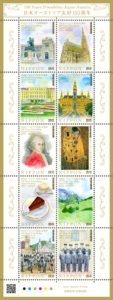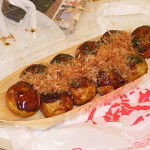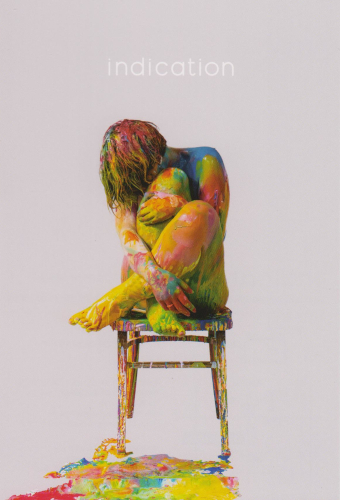I was very busy today, running all kinds of errands and I’m exhausted… But, I have accomplished almost everything I was planning to do, so I’m feeling pretty good about myself at the same time.
- buying cards to send next month, Christmas and Birthdays and nengajo New Year Cards (altogether, that was around 10000 yen… letter writing IS expensive these days!)
- buying oseibo end-of-year gifts for my accountant (my lawyer gets chocolates from another place)
- got new event info to enter into the What’s up in Kyoto calendar
- studied Japanese & taught English
- bought a zipper to repair old pants, plus new pants on a whim (it’s hard to find bottoms that fit me here, so I had to jump at the opportunity)
- found a repair shop for my sewing machine (so I can actually repair these old pants)
- sent off a birthday card for a friend (it’ll be late, sorry…)
 While I was at the post office to buy a stamp for the birthday card, I noticed these special stamps in commemoration of “150 years Friendship Japan – Austria”, and I just had to buy them. These 10 stamps show things that are – not just to the Japanese mind, but to mine too – associated with Austria. I thought about listing them, but it might be more fun for you to find out for yourself what they are.
While I was at the post office to buy a stamp for the birthday card, I noticed these special stamps in commemoration of “150 years Friendship Japan – Austria”, and I just had to buy them. These 10 stamps show things that are – not just to the Japanese mind, but to mine too – associated with Austria. I thought about listing them, but it might be more fun for you to find out for yourself what they are.
To be perfectly honest, it took me a while to recognise the image on the bottom left. I think I know now what it represents, but I (and probably many more Austrians) associate this event with theater rather than with concerts… Anyway, fun thing to have for this Austrian fan of Japan.
PS: I’m sorry to say, but I am still very busy these days. So, I have decided not to write any weekend posts for the time being. They take a lot of time to research and write, and I don’t have time for this at the moment, at least not regularly. I am planning to resume them when I’m less busy, probably by next year. Sorry for the weekend silence!





